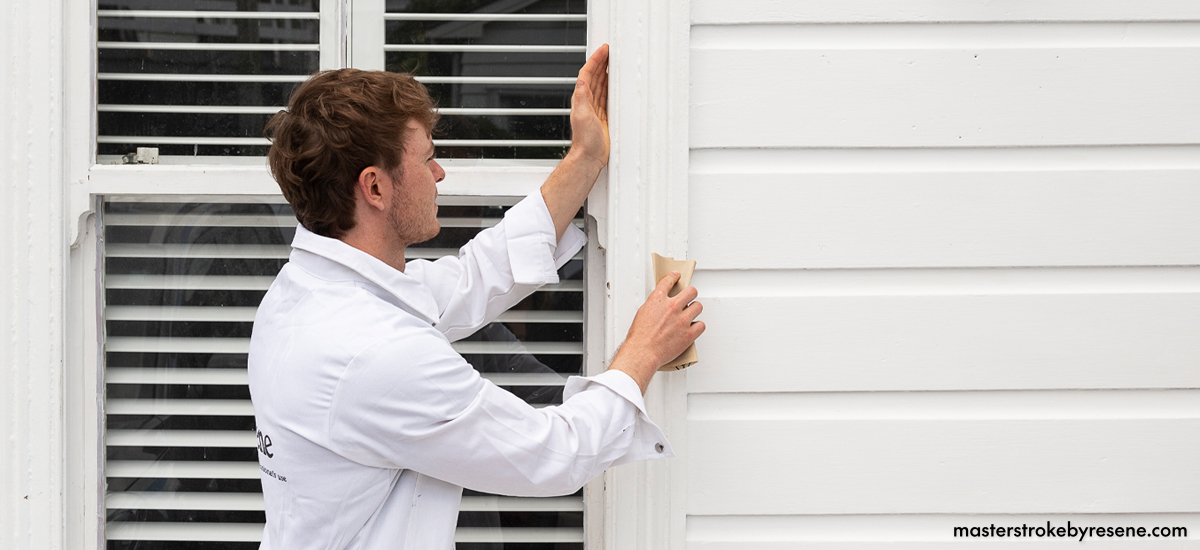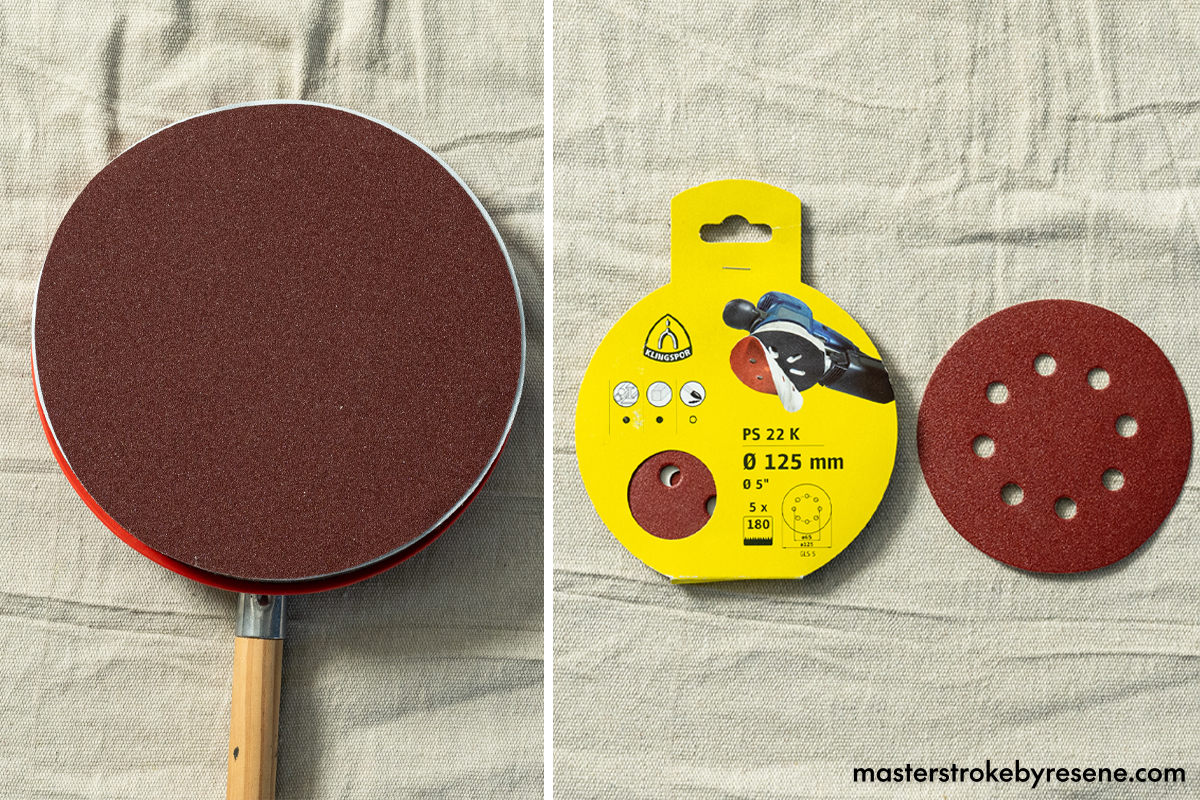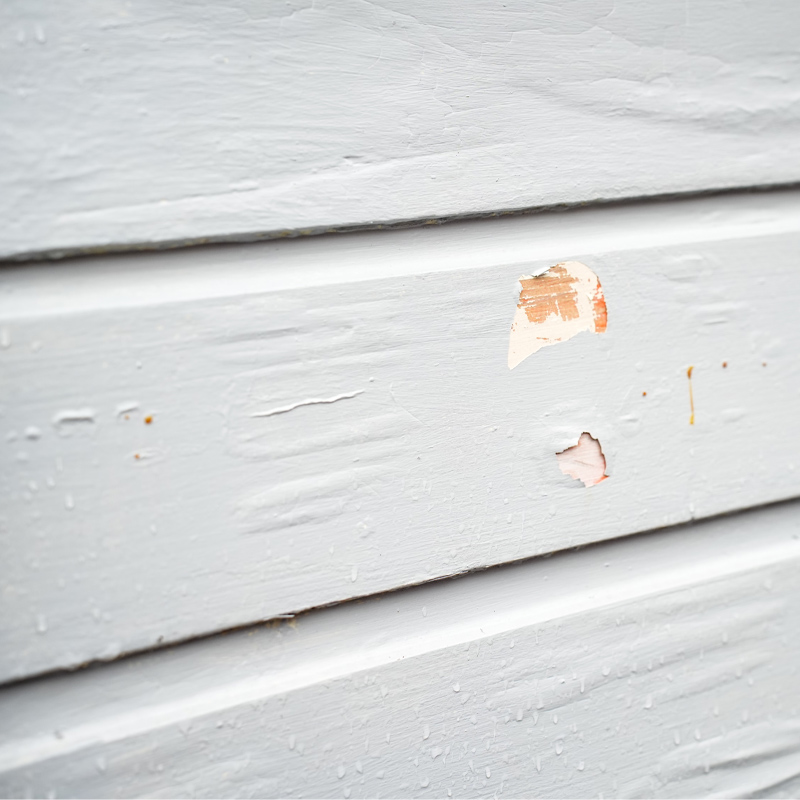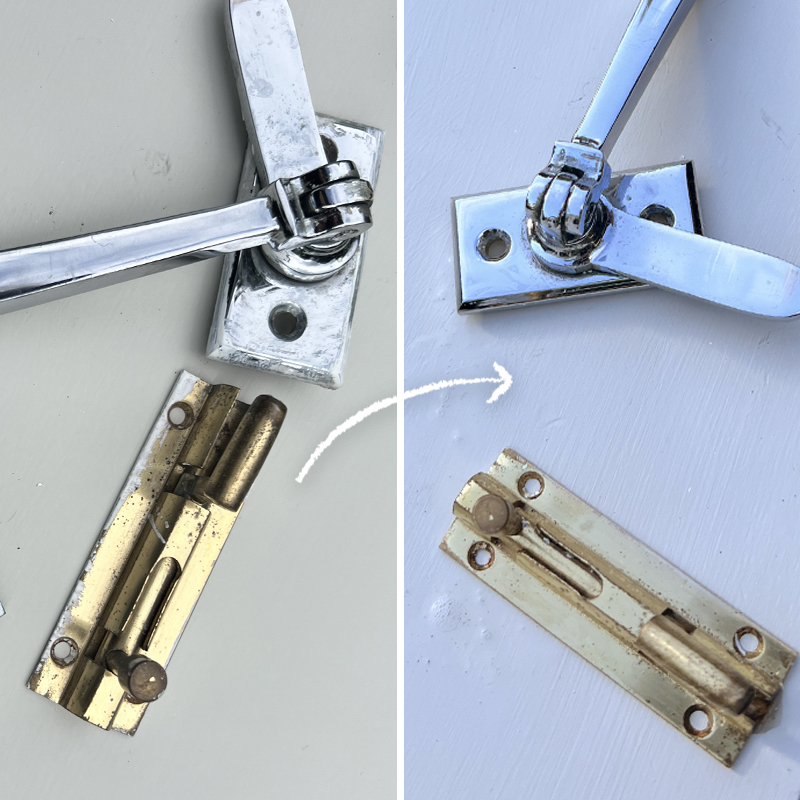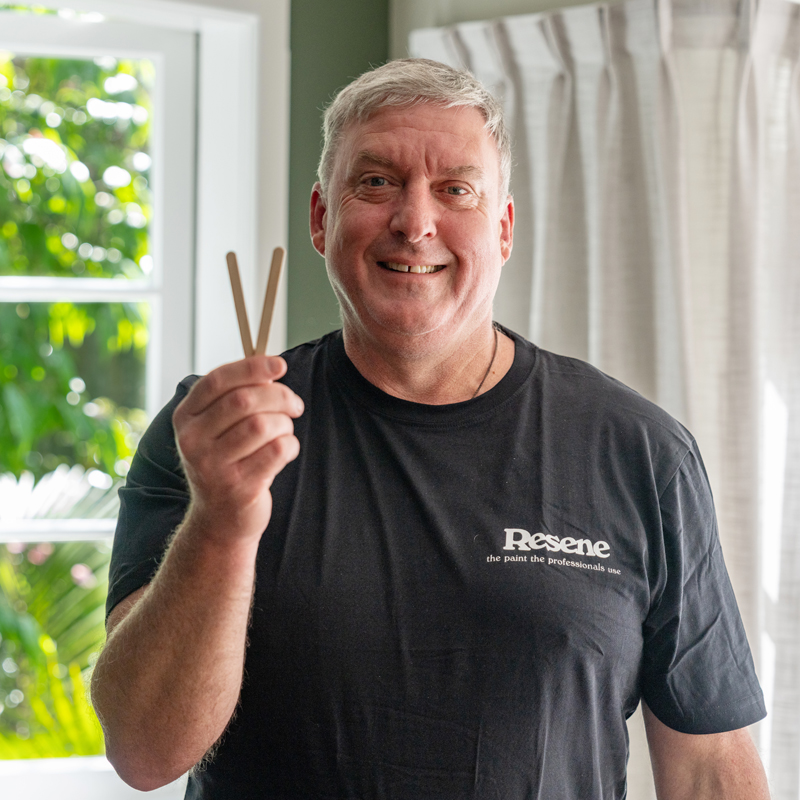When it comes to your paint project, it can be tempting to rush in and get that fresh new Resene colour straight on the walls. But without proper preparation, your project could end up looking more slapdash than super flash.
Builder Chris Donnelly says putting in the mahi before you crack open your Resene paint tins is essential to achieving a nice smooth finish – and sanding is a step you simply can’t afford to skip. Sanding will ensure any imperfections are removed, which will create a high-quality final look, while also ensuring your paint adheres well to the surface.
Using the correct sandpaper can make all the difference but choosing between the various types can be challenging. So how do we know which one is best for our job?
The nitty gritty
Sandpaper is rated numerically according to the size of the grit particles. The lower the number, the coarser the grit, and the higher the number, the finer the grit.
Chris recommends an 80 grit sandpaper should be used for clearing away excess material, such as old flaking paint or varnish. He says a sanding block will not only make the job easier but will ensure your sanding surface is flatter.
For larger exterior areas such as weatherboards, Chris suggests using a 150 grit sandpaper. For interior jobs that need only a light sand, opt for 220 to 240 grit sandpaper.

